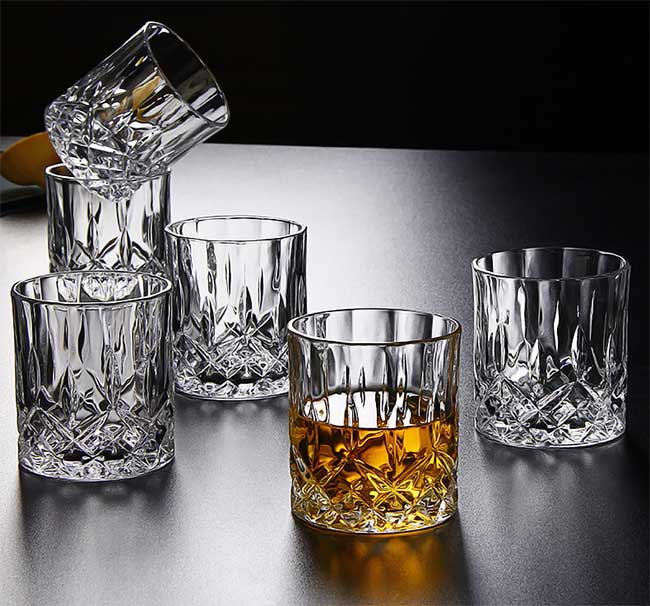Most consumers, when purchasing glass products, tend to choose thicker models because they believe that thicker glass has a lower breakage rate and higher durability. In reality, this perspective is not entirely accurate, as in some product lines, thicker glass can actually be more prone to breaking. So why is this the case?
Why Are Thick Glass Cups More Prone to Breaking Than Thin Ones?

Thick glass cups have a higher breakage rate compared to thin glass.
This may sound paradoxical, but it is indeed true. Research by experts shows that thick glass cups have a higher breakage rate than thin ones. The reason for this is that when you pour hot water into a cup, the glass does not expand quickly enough due to its thick walls. This creates a significant temperature difference between the inside and outside, resulting in pressure that can lead to cracking and breaking.
In contrast, when you pour hot water into thin glass cups, the temperature distributes evenly throughout the cup, allowing expansion to occur simultaneously on both the inner and outer surfaces. Therefore, even when hot water is poured in, the risk of cracking and breaking is significantly reduced.
This phenomenon also applies to certain glass products such as water bottles, bowls, and plates.
Note that not all thick glass products are prone to breaking.
How to Pour Hot Water into Glass Cups Without Cracking Them?
As mentioned earlier, pouring boiling water into glass containers and cups increases the risk of cracking due to thermal shock. So, how can you minimize this risk?
First, when you first purchase glass items, you should boil them in hot water before using them. This process helps the glass acclimate to temperature changes, allowing it to expand in a controlled manner without cracking due to differences in temperature.
When pouring water, it is advisable to place a damp cloth under the cup or use a metal spoon inside the glass to reduce the risk of cracking.
It is especially important to not pour boiling water into cups or containers that already contain cold water. Pour slowly and gently, aiming for the middle of the cup rather than pouring from the rim down. This is because the bottom of the cup is usually thicker than the walls.
These are a few insights to help you understand why thick glass cups are more prone to breaking than thin ones, along with tips for pouring hot water into glass without causing cracks.


















































